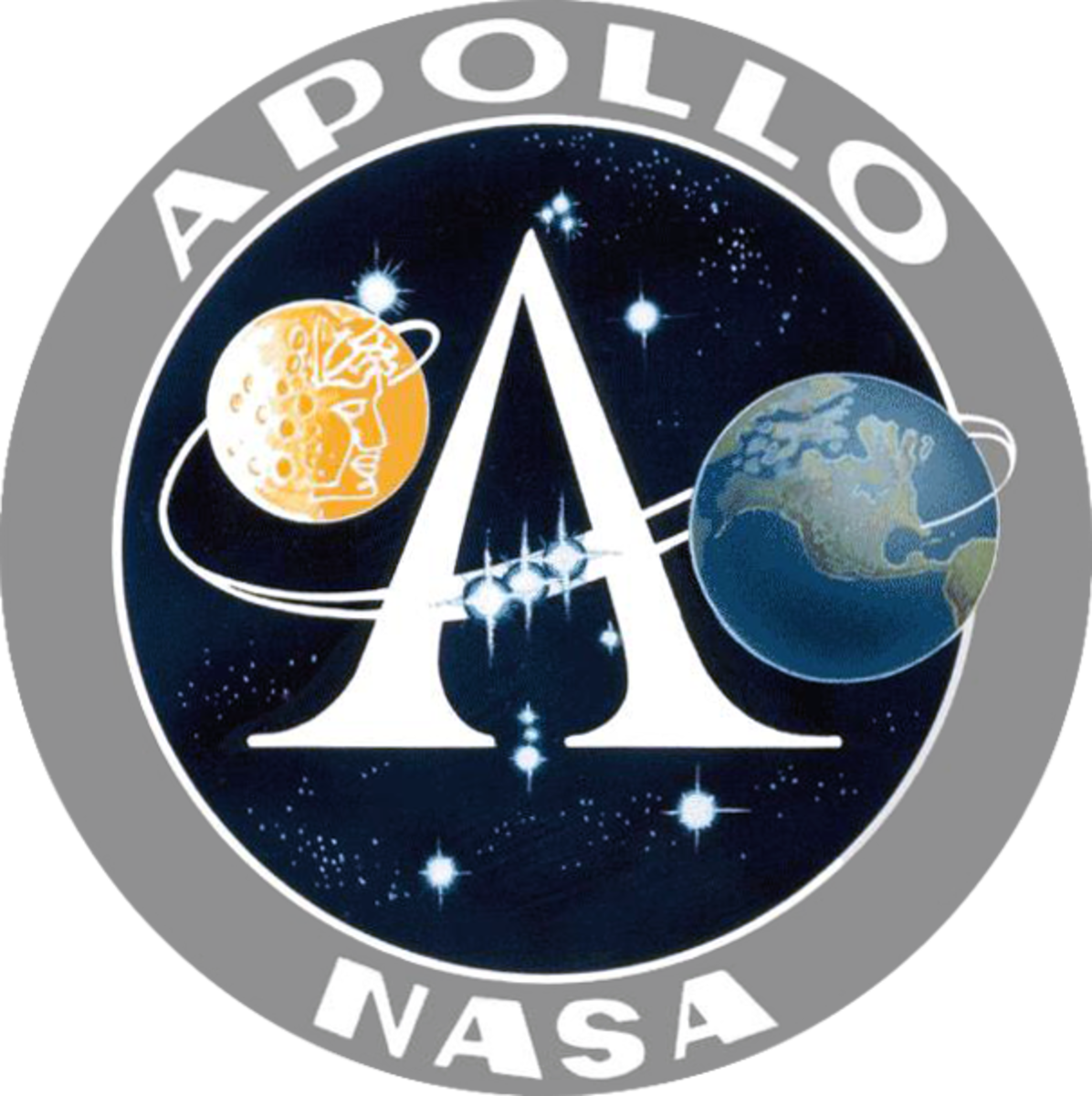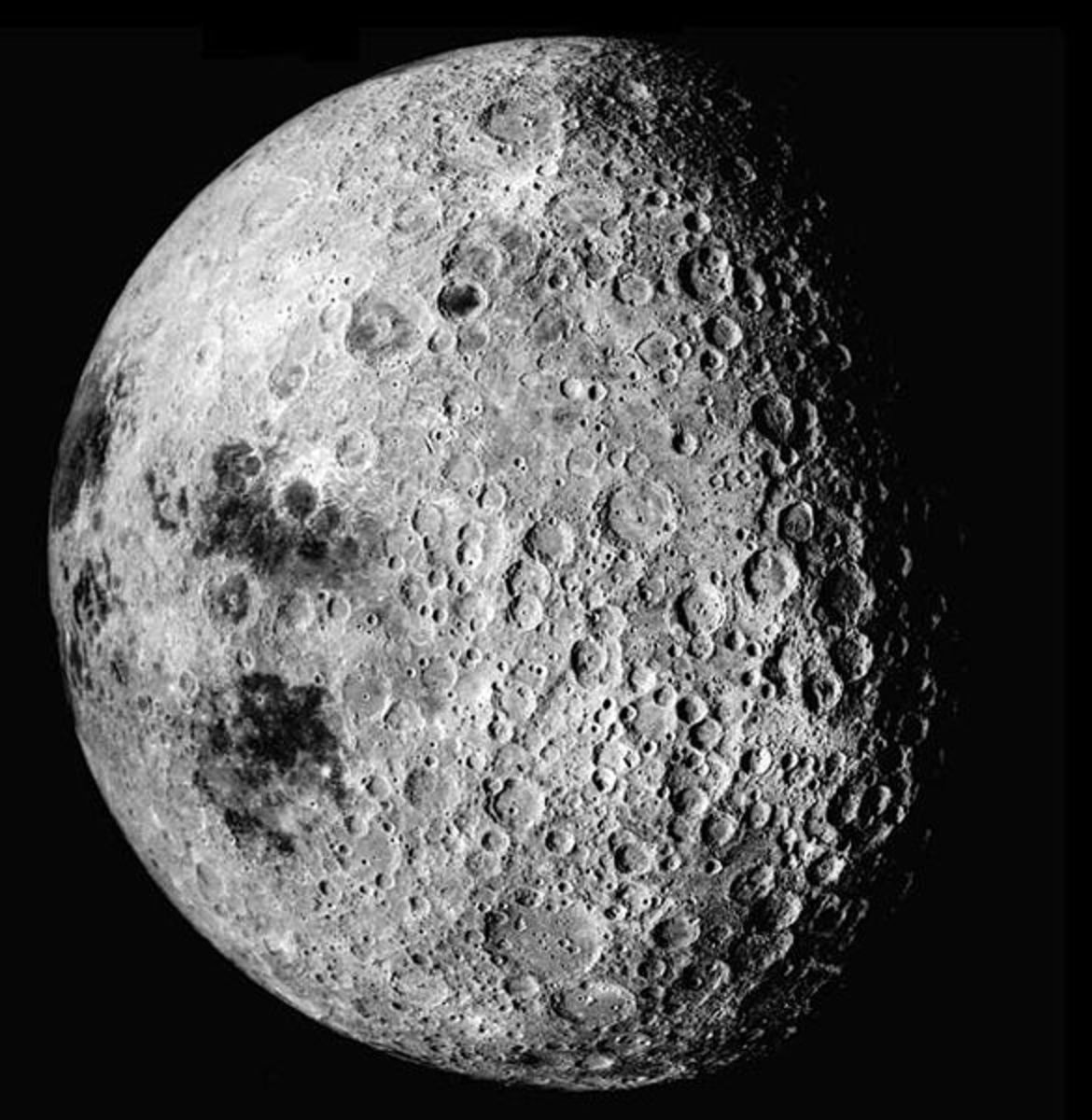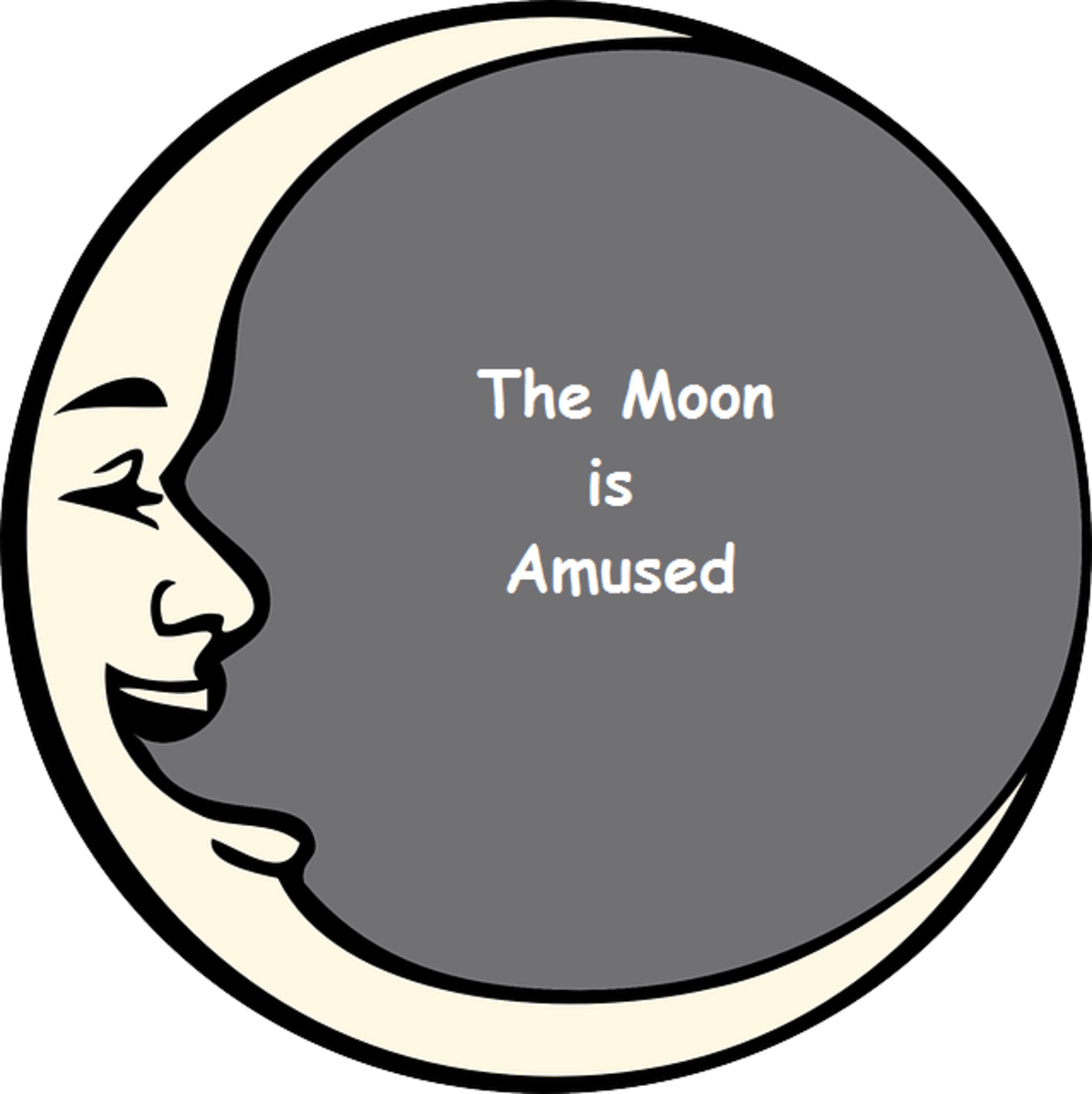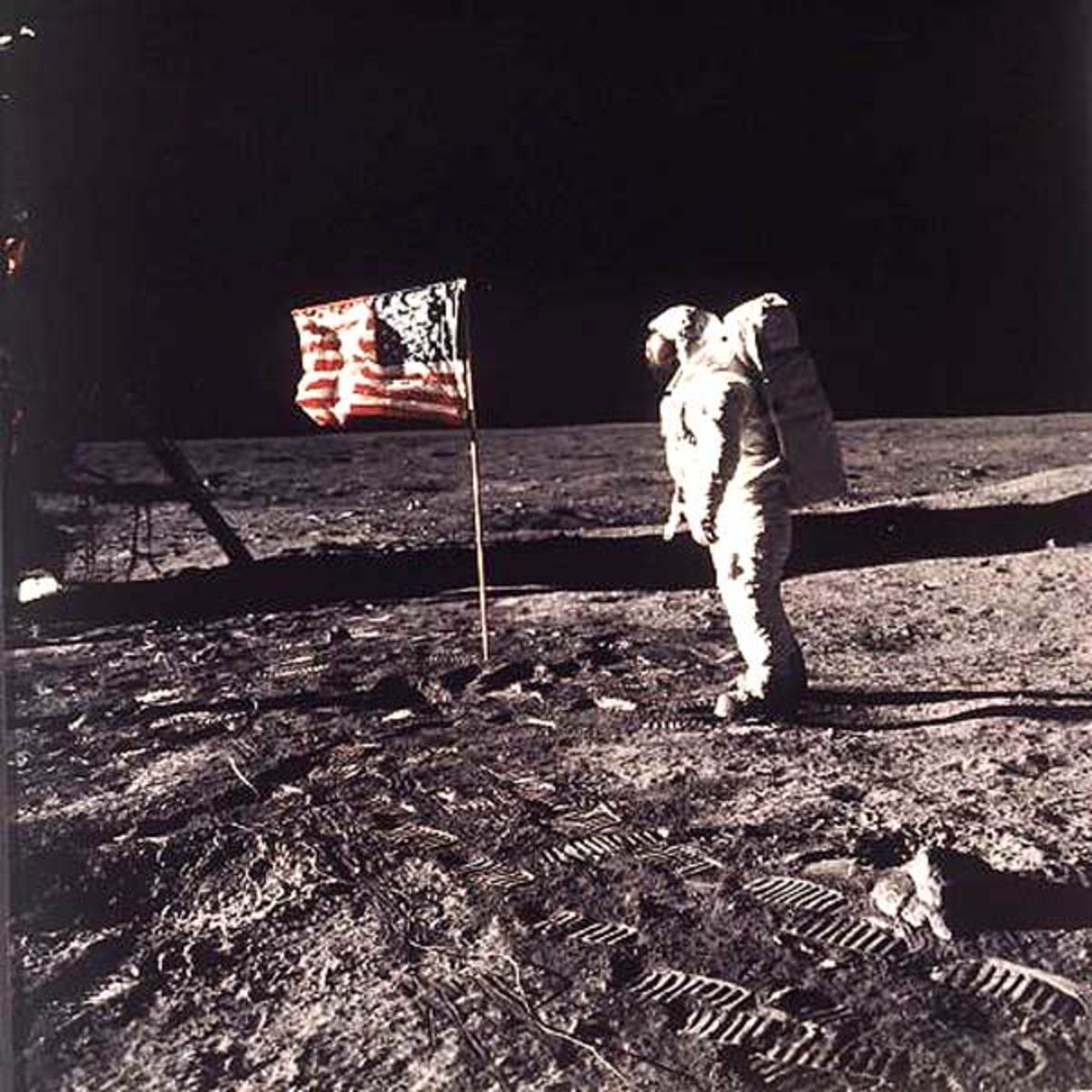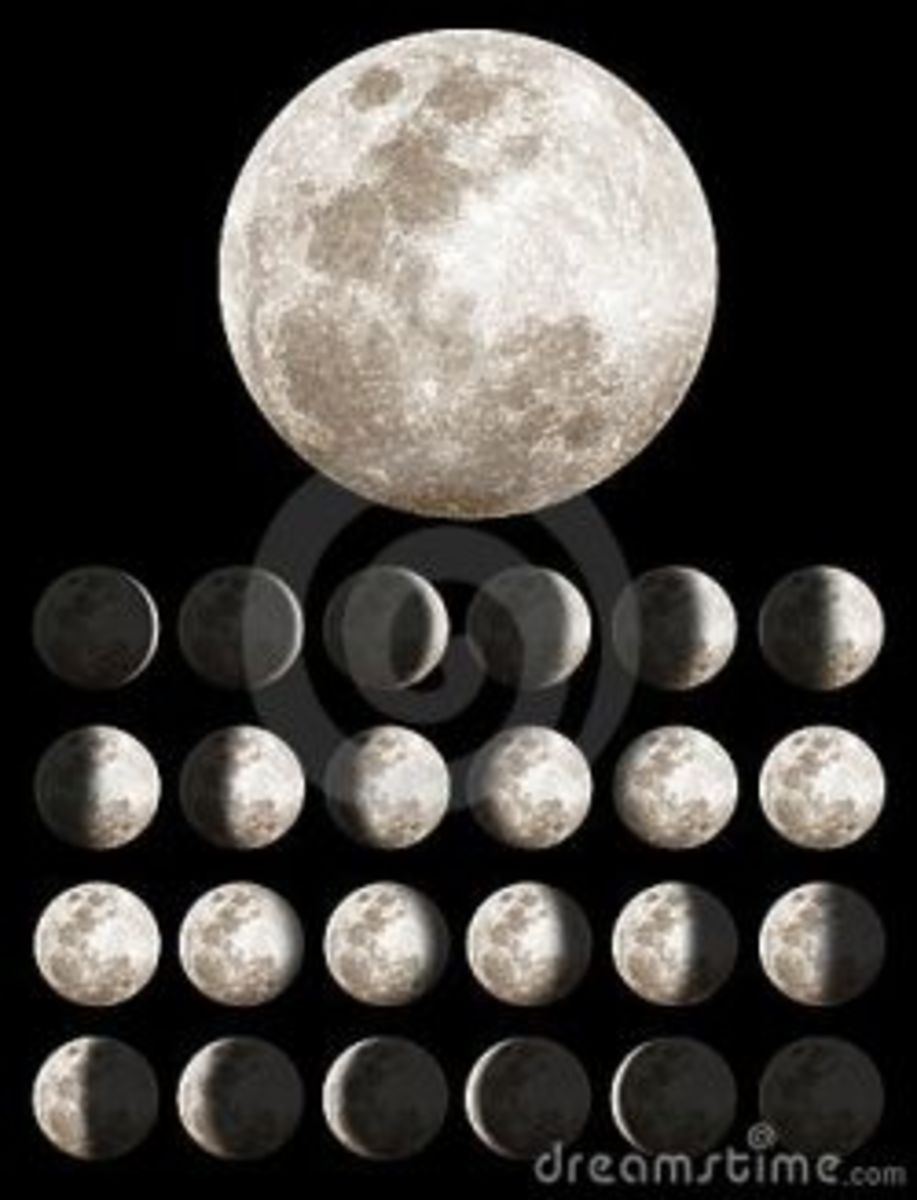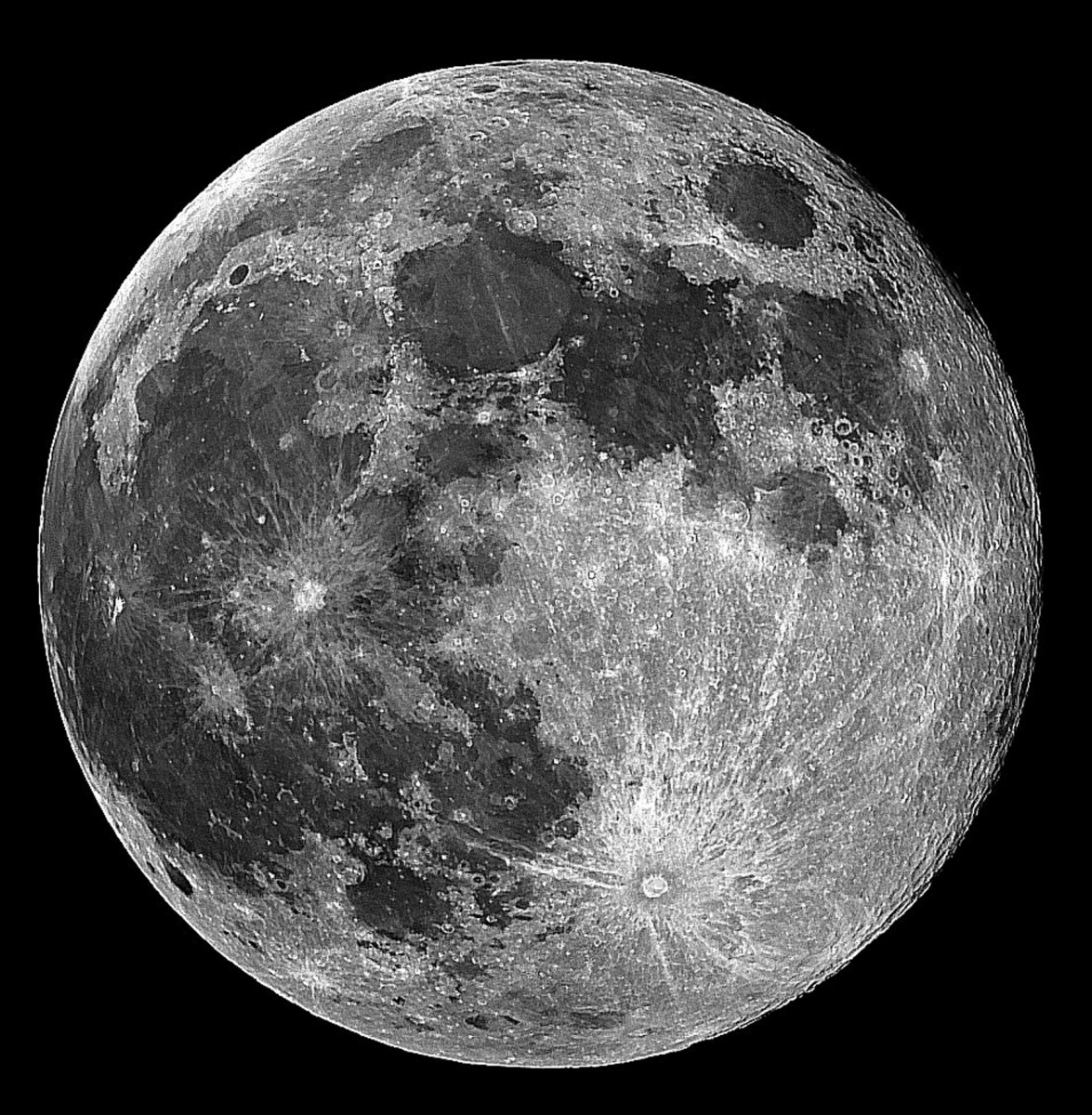Water on Our Moon

Finally we find water on Moon, our closest neighbour. India’s maiden lunar mission, Chandrayaan-I has found evidence of water on the moon. “The moon has distinct signatures of water” top American scientist Carle Pieters confirms in a paper published in the journal ‘Science’. Hydroxyl, a molecule consisting of one oxygen and one hydrogen atom, were discovered across the entire surface of the Earth’s moon. Harvesting one ton of the top layer of the moon’s surface will yield as much as 32 ounces (about 1 litre) of water.
Water Mark
Chandrayaan-I was launched by the Indian Space Research Organization (ISRO) on Oct 22, 2008 with the help of PSLV rocket. The unmanned mission’s objectives included mapping moon’s mineralogical composition and search for water. There were 11 scientific instruments on board the lunar spacecraft. US based National Aeronautics and Space Administration (NASA) placed an equipment called Moon Mineralogy Mapper (M3). Different wavelengths of light provided new information about the Orientale Basin region of the moon in a new composite image. Along with the length and width dimensions across a typical image, the instrument analyzed a third dimension -- color. This NASA instrument inaugurated 3-D Moon Imaging.
Earlier India’s own device Moon Impact Probe (MIP) on Chandrayaan-1 detected the presence of water on lunar surface. The MIP while descending from Chandrayaan-1 to moon picked up strong signals of water particles giving a clear indication that hydroxyl as water molecules are present on the surface.
The picture captured by the Moon Mineralogy Mapper of Chandrayaan-1
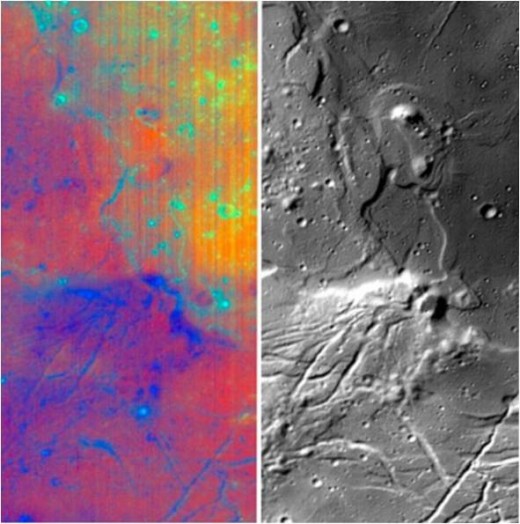
• The image strip on the left is a color composite of data from 28 separate wavelengths of light reflected from the moon. The blue to red tones reveal changes in rock and mineral composition, and the green color is an indication of the abundance of iron-bearing minerals such as pyroxene.
• The image strip on the right is from a single wavelength of light that contains thermal emission, providing a new level of detail on the form and structure of the region's surface.
A snapshot of Polar region of the Moon
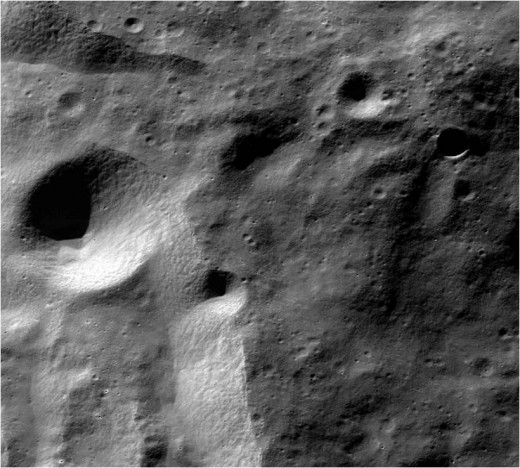
This is the picture of moon's surface taken from lunar orbit by Chandrayaan-1 spacecraft's Terrain Mapping Camera (TMC) on November 15, 2008. The picture shows many large and numerous small craters over the polar region of the moon. The bright terrain on the lower left is the rim of 117 km wide Moretus crater.
A snapshot of Equatorial region of the Moon
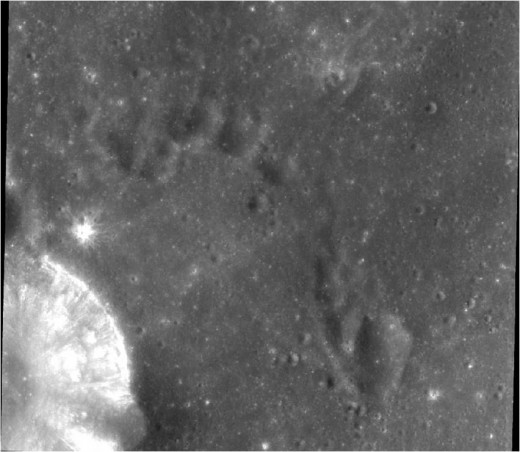
This is the picture of moon's surface taken from lunar orbit by Chandrayaan-1 spacecraft's Terrain Mapping Camera (TMC) on November 13, 2008. The picture shows the uneven surface of the moon with numerous craters over the equatorial region of the moon. On the lower left, part of the Torricelli crater is seen.
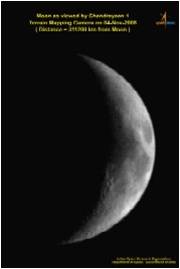
Drops of Hope
NASA also confirmed the discovery of water on moon by M3. Scientists around the world rejoiced at the discovery. It will help make human venturing to moon a more enriching experience. Those going to moon can combine the molecule and get water. They can also break it and get oxygen which is the lifeline for space scientists. We can also try to grow vegetation in moon.
Water is present on Moon. Do you agree?
Hats off to India!
- Horns of the moon tell your day
From new moon to full moon, the moon is said to be waxing and from full moon to new moon, it is said to be waning. Without referring the calendar, by watching the crescent moon on the night sky, we can...
- Rising Sun/Moon is oval in shape
The shape of the disc of the sun or full moon at rising or at setting is oval (elliptical) Light from the sun or moon after travelling through vacuum enters into our atmosphere. As light passes from...
- Full moon is brighter in winter than in summer
The moon is not a self luminous body. It shines in the light it receives from the sun. The moon reflects only 12% of the light it receives from the sun. The moon light takes 1.29 seconds to reach the earth...
- Indians knew water on Moon
Recently Indias maiden lunar mission, Chandrayaan-I has found evidence of water on the moon. India's love for moon is a history! In Indian myth, the moon is male though in other Asian countries, it is...
- You can't see the 'Full' Moon
We watch the same face of the moon everyday.We cant see the other side of the moon from earth. As the moon is a satellite of earth, it moves around the earth. For this it takes 27 days. This period...
- Vailankanni My Pilgrimage Center
We visit Vailankanni every year from the nearest airport at Tiruchy (154 kms). No words can express the happiness and peace that we feel in the presence of our beloved Mother. Vailankanni, a hamlet on...


